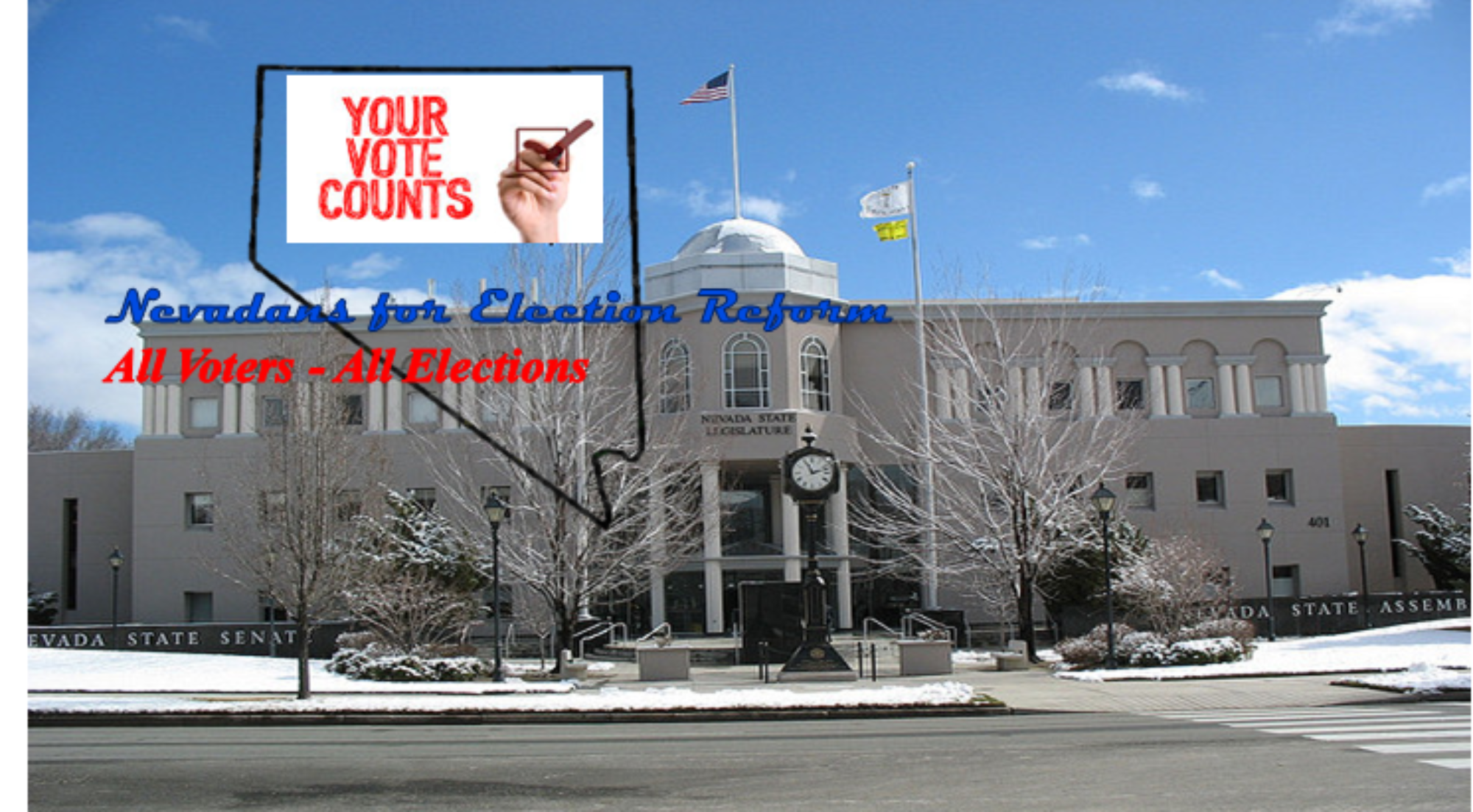I am a Baby Boomer. Since I turned 30, I have looked forward to every new decade of my life, 70 is rapidly approaching. Every year has gotten better and I relish the idea that this will continue.
Since the 1960’s, Baby Boomers have held the distinction of being the largest generation. That changed in 2015. The honor now belongs to the Millennial Generation, those born between 1981 and 1997. This generation is our future. Boomers and to some extent older Generation Xers need to not only accept this but embrace it.
While leading the pack as the most populous generation, Millennials are trailing when it comes to voting. In Nevada, Millennials are 31 percent of the population but make up only 24 percent of registered voters (41 percent of eligible voters are not registered to vote). Since there is a lack of participation in the process it is not surprising that only 4 percent of Nevada legislators are Millennials.
Millennials do not embrace political parties to the extent of Boomers. Nearly 28 percent of Millennials registered to vote are registered as Non-Partisan. This is nine percent higher than the overall state total. It is important to note that prior to the presidential caucus the percentage was close to 30 percent and a clear 10 percent higher than the state.
Millennials are turned off to the political climate. To be encouraged to participate, they want answers not rhetoric. They want to know how elected officials and candidates will address issues important to them. They do not fit the standard party mold or comprise part of the so-called party base. In a study released by Pew Research in September, 2014, 84 percent hold positions that are not on the ideological fringe.
Given they are our future, it makes no sense to not take the steps necessary to get this generation involved, not only as voters but as candidates and elected officials. Holding on to the politics of the past will not serve our communities, our state, or our nation well.
One way Nevada legislators can demonstrate their commitment to engaging the Millennial Generation would be to enact the Nevada Election Modernization and Reform Act of 2017 (NEMRA- 2017) during the 2017 legislative session. NEMRA – 2017 will engage not only the Millennial Generation but all voters who feel rejected by the current hyper-partisan political landscape. NEMRA – 2017 will make our electoral process fully inclusive, welcome all voters’ participation at all elections, encourage meaningful discussion of the issues rather than rhetoric and talking points, and demonstrate every vote, not just those from a small portion of each major political party, truly matters.
We can welcome the future and all the promise it holds or stick with the past, leaving our political decisions in the hands of an aging small party base that is not representative of the overall population. The choice is ours and the 2017 Nevada legislature’s to make.
